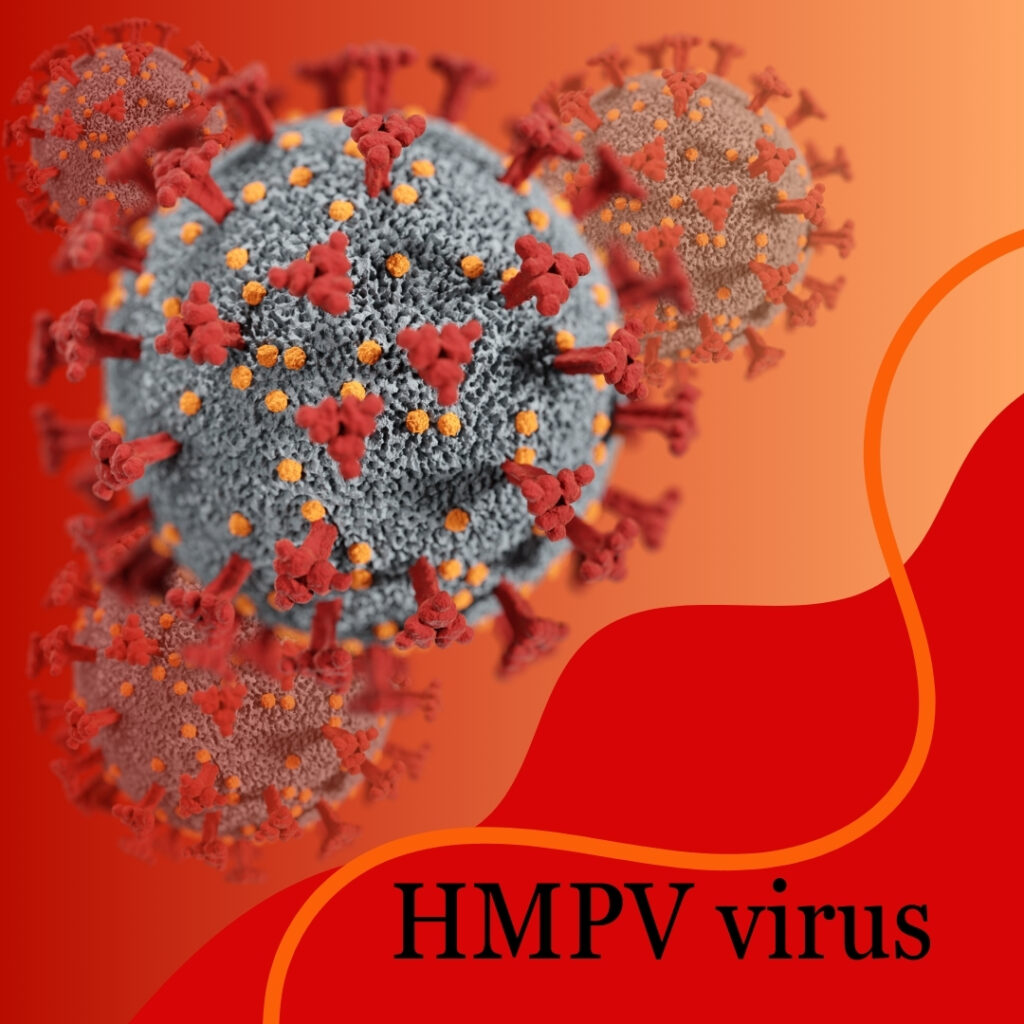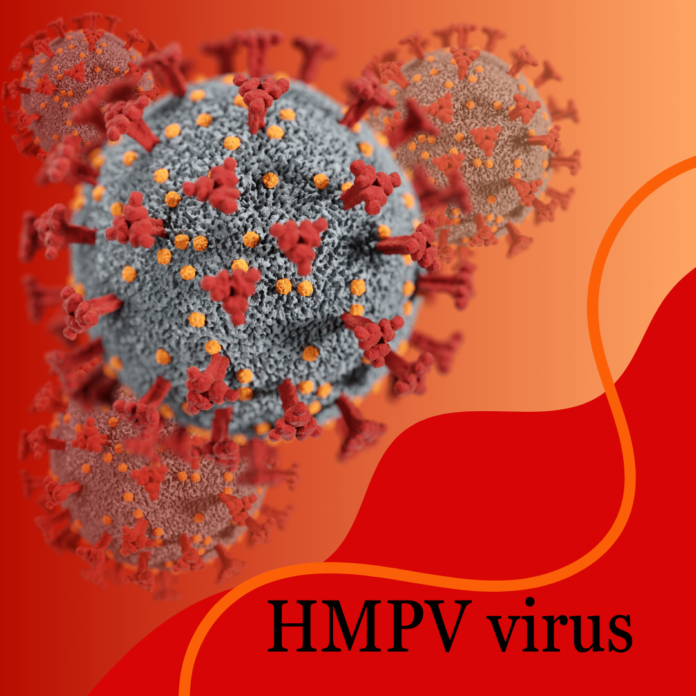What you need to know about human metapneumovirus (HMPV). But it is now becoming clear how much HMPV contributes to respiratory disease, particularly in young children and older adults and in people with weak immune systems. And while HMPV is becoming more common, many people still don’t know that it exists, how it is transmitted, how it can impact health or how it can be prevented.
In this post, we’ll examine HMPV more closely—its symptoms, transmission, treatment options, and what you can do to minimize your risk of getting infected.
What is human metapneumovirus (HMPV)?
Human Metapneumovirus is a virus that is from the family Paramyxoviridae, which is the same family as RSV (respiratory syncytial virus) and measles virus. HMPV was first identified in 2001 and is newer than some other respiratory viruses but has been recognized as a big cause of respiratory diseases around the world.
HMPV primarily infects the upper and lower respiratory tract, causing cold-like symptoms in mild cases, but potentially progressing to bronchiolitis and pneumonia in more severe cases. The virus has much in common with the respiratory syncytial virus, or RSV, in terms of symptoms, but is its own entity, genetically and in terms of the populations it affects.
Who is at Risk in human metapneumovirus (HMPV)?
Although anyone can be infected with human metapneumovirus, some groups are more susceptible to severe disease:
Infants and Young Children: HMPV is a common cause of respiratory infection in young children, particularly in those aged younger than 5 years. In this group, the virus can cause disease like bronchiolitis or pneumonia, which require medical intervention and can at times be severe.”
Older Adults: Adults aged 65 years and older, especially those with underlying medical conditions (e.g., heart disease, diabetes, or chronic respiratory diseases), seem to be at increased risk for severe complications from HMPV.
Immunocompromised people: Individuals with weakened immune systems (such as people on chemotherapy, organ transplant recipients, or those who are HIV/AIDS positive) are also at increased risk of becoming ill if they get HMPV infection.
People with Chronic Respiratory Conditions: Those with chronic obstructive pulmonary disease (COPD), asthma, or other lung diseases may develop more severe respiratory symptoms if they have HMPV infection.
How is HMPV Spread?
The main way Human Metapneumovirus is transmitted is via respiratory droplets released when an infected person coughs, sneezes or speaks. As with other respiratory viruses, it can also spread through contact with surfaces contaminated with the virus, followed by touching the face — and particularly the mouth, nose or eyes.
human metapneumovirus is extremely contagious, and outbreaks are common in the colder months, similar to the flu and RSV. The virus is most active in late winter and early spring, but it can circulate year-round in some places.
It is also worth noting that people who are infected with human metapneumovirus can transmit the virus even if they don’t have signs of the infection. Because people often don’t know they even have the disease until they are well on their way to infecting others, this makes it especially difficult to control outbreaks.
Symptoms of HMPV Infection
human metapneumovirus symptoms resemble those of other respiratory viruses, and can range from mild to severe depending on the person. In mild cases, the infection can look like a common cold, with symptoms including:
- Cough
- Sore throat
- Mild fever
- Fatigue
In its more severe forms, especially in at-risk groups, HMPV infection can result in severe respiratory illness, with:
- Wheezing
- Difficulty breathing
- Rapid breathing
- High fever
- Chest tightness
- Dehydration (in children)
HMPV can also cause pneumonia, a lung infection that can be life-threatening if not treated, especially for infants, older adults and those with impaired immune systems.
Diagnosing HMPV
Since HMPV symptoms are comparable to other respiratory infections (such as the flu or RSV), it can be hard to diagnose without lab testing. Health care providers might have a suspicion of HMPV based on a patient’s symptoms and medical history, but a definitive diagnosis usually requires a PCR (polymerase chain reaction) test, which detects the genetic material of the virus.
Other diagnostic modalities might include nasal swabs, throat swabs or bronchoscopy in more severe cases. If your health care provider thinks you have HMPV or another viral infection, it’s critical to get medical care quickly to determine a diagnosis.
Treatment for HMPV
At this time, there are no known specific antivirals for HMPV. Management of HMPV infections is typically symptomatic, and includes supportive care of the immune system as it clears the virus. For most people, this translates to:
Rest and hydration
Over-the-counter medications to lower fever and relieve pain (called acetaminophen or ibuprofen)
Humidifiers or saline nasal drops to help relieve congestion
Inhalers or bronchodilators (for wheezing or trouble breathing)
Though some cases can be more severe, like those leading to pneumonia or powerful wheezing and may require hospitalization. This may involve oxygen therapy, intravenous fluids, and mechanical ventilation of necessary.
In at-risk groups, early medical treatment can help redcuing the risk of complications and improve outcomes.
Prevention of HMPV
Like other respiratory viruses, the best prevention for human metapneumovirus is to practice general precautions to protect yourself from respiratory illness. Here are some important steps to lower your risk of becoming ill:
Wash Hands Often: Make sure to wash hands with soap and water frequently, especially after sneezing, coughing, or touching surfaces that must be shared with others.
Cover up those coughs and sneezes: Always cover your mouth and nose with a tissue or your elbow if you cough or sneeze — to help stop the spread of respiratory droplets.
Avoid Close Contact: Keep away from people who are sick, and avoid crowded places during the height of cold and flu season.
Clean and disinfect surfaces: Clean and disinfect frequently touched surfaces daily.
Some health tips to boost your immune system: Eat a balanced diet, exercise regularly, and sleep well
As of now, HMPV has no vaccine; however, ongoing studies are aiming to create vaccines and specific antivirals to protect at-risk populations in the future.
Conclusion
Human Metapneumovirus: Another important respiratory virus responsible for infections, especially in young children, the elderly and individuals with compromised immune systems. Most infections are mild and self-limiting, but the virus can cause severe respiratory complications in at-risk populations. Notes on HMPV: Knowing the Symptoms, How It Transmits, and How to Unlikely Get It.
With further research being done on HMPV, it is likely that better treatments and vaccines will emerge; however, for now, good hygiene practices and precautions taken during peak virus seasons are the best offenses.


